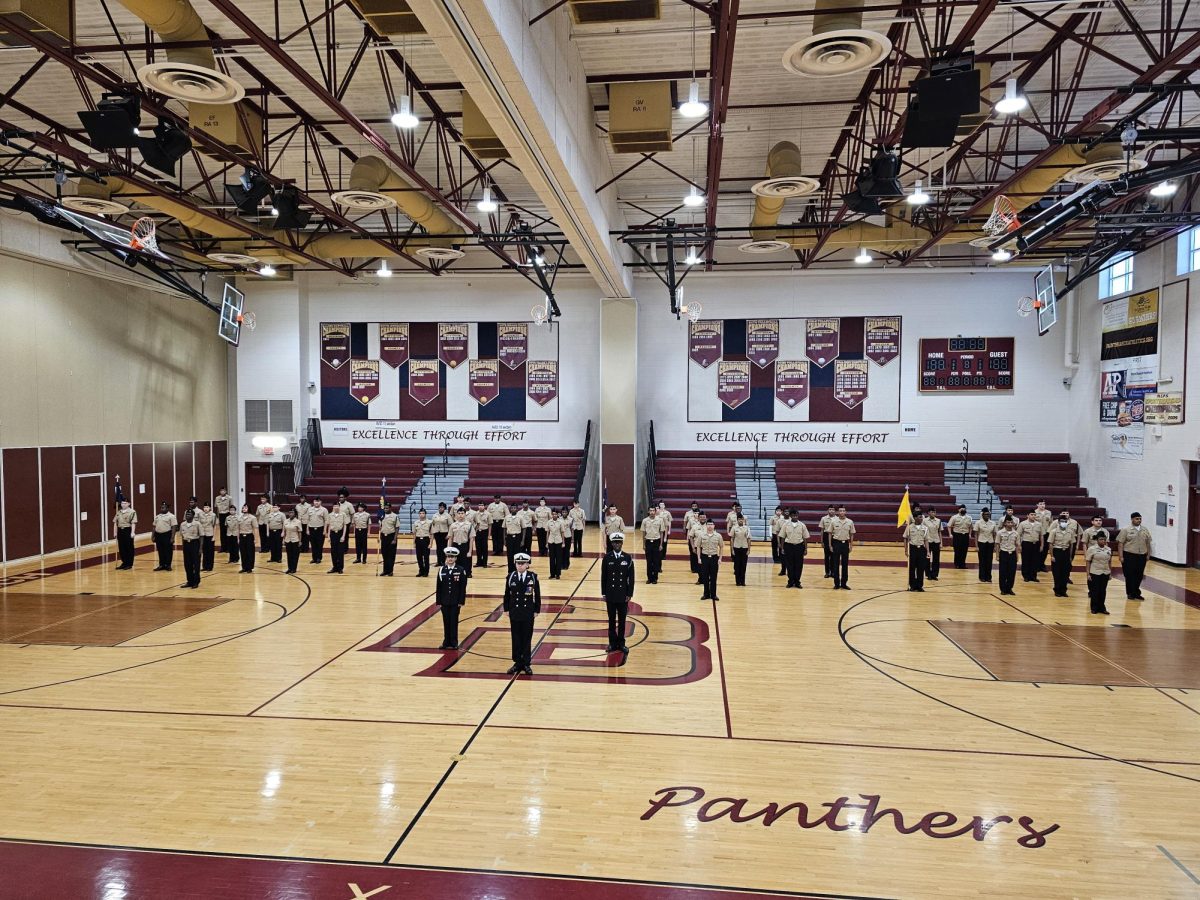The Rationale for Dress Codes
December 20, 2019
At the start of each school year students murmur about dress codes. A simple walk down a hallway reveals the thoughts of young people loud and clear.
Each year, girls complain about the dress code being sexist and that it puts a limit on their self-expression for the sake of not distracting male students. Late last year, students took their concerns to Twitter where they expressed their experiences with the issue using the hashtag #iammorethanadistraction, a hashtag that originally started in 2014 by a group of New Jersey high-schoolers that is still used by activists that want to take the issue to social media.
So, are dress codes unfair, sexist, or maybe a bit outrageous? In order to come to an answer we need to address why we have dress codes in the first place. Is it simply to wage a war on women? Is it to stop them from distracting boys? Dress codes are essentially there to teach us to dress in a manner that will contribute to a productive work environment not only now, but also in the future. They are protocols established to create a suitable learning environment free of distraction. That is the argument at the heart of dress codes. However, the question of whether this prescribed culture of dress is fair must still be addressed.
The dress code for Paint Branch High School is outlined in the school code booklet as follows:
“Students are to come to school properly attired so as not to distract themselves or others. No clothing that exposes body parts and with messages that endorse illegal activities or advertise alcoholic beverages or drugs are permitted. Shoes must be worn at all times.”
These rules are not outrageous. You might think they’re not fair, but they’re necessary to create a suitable working environment for everyone. Specific rules such as fingertip length shorts and pants staying above the waist seem like the main ones that most students find ridiculous and unfair. However, these are necessary to orient students around responsible decision making and help them mature. Girls are allowed to wear skirts and shorts, and often their attire is not called out unless their body is clearly exposed. The same rule applies to boys, who generally are not called out unless their underwear is noticeably exposed. These are rules needed to foster understanding in students and help them better gauge their attire and their behavior, as the goal is to create a culture of maturity and productivity in working areas.
One area related to dress code that seems ludicrous is this idea that the purpose of dress codes being in place is due to boys not being able to control themselves- this is an idea that is saturated; it’s for the same reason that we don’t come to school in swimwear or wear a shirt that reads “Get high.” It is not because the school system is trying to oppress the student body but rather because it wants to uphold one of the values of education- getting people accustomed to presenting themselves in a more mature and appropriate manner.






































